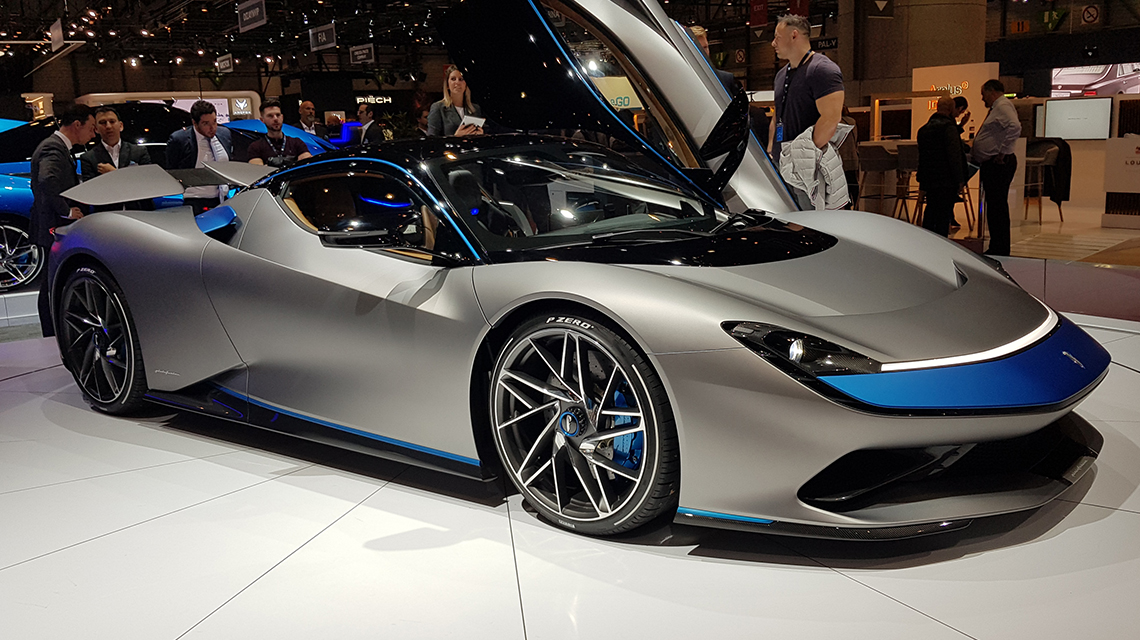The games industry has always strived to be on an equal footing with Hollywood. Over the decades, the battlegrounds have always been fought on the playing fields of graphics and visual effects as games fought to be taken seriously as a valid medium in their own right. With games having now financially eclipsed the movie industry, the journey has been a long road to achieve the lifelike cinematic experiences we enjoy today.
A critical step in reaching this level was delivering life-like digital replicas of actors – the opportunity to add ‘star power’ to a game was once the holy grail in competing with Hollywood and one that the games industry would not give up on lightly. However, it was a rough journey – just ask Pierce Brosnan’s digital double from the N64’s GoldenEye or Max Payne from the eponymous series, a man who looked like he had been hit in the face with a shovel. But as technology developed so did our ability to generate more detailed likenesses which, in turn, has allowed us to create emotive characters, leading to the opportunity for more emotionally engaging narratives.
The past
While digital doubles in video games are nothing new, it’s only since the advent of the PlayStation 3 and Xbox 360 that the technology has become powerful enough to move beyond badly pixelated representations of action stars in (usually) poorly received licensed games based on the latest blockbuster. It was during this generation of consoles that motion capture technology came to the fore, ultimately opening the doors to more nuanced ‘performance’ capture techniques that are so prevalent today.
Master of performance capture, Andy Serkis, brought his acting talents to the PS3 exclusive Heavenly Sword, and later multi-platform title Enslaved: Odyssey to the West. Having already forged a solid reputation for his captured performances as Gollum in The Lord of The Rings, being able to attract such heavy-weight acting talent added a new level of gravitas to the medium of games. These games proved that Hollywood and movies did not have a monopoly on cinematically-driven narrative and that there was a role for not only great acting in games, but that it could compete for the best star talent. But, of course, Hollywood is driven by ego, and in order to attract the ‘star’ names, the technology would need to advance to the point where actors would not only be ‘acclaimed’ for their performance but also ‘recognisable’.
Advances in photogrammetry, as used to great effect in this War Thunder: Heroes trailer, have enabled the likenesses of real-world actors to be digitally re-created. As in this case, the actors were scanned in order to digitally transport them to another world that would have otherwise been too costly to recreate – World War II. In this instance, the technology was used to capture freeze-framed emotion but can be used effectively to deliver more performance-driven pieces that leverage the star power of known actors. Even in the absence of photogrammetry, it’s still possible to recreate the likeness of famous talent. The Game of Thrones: Winter is Coming Trailer (which RealtimeUK produced for Yoozoo Games, just sayin’) was created using assets that had been created from photo-reference by our talented team of in-house artists.
The present
The use of performance capture in video games is continuing to increase, as has the use of Hollywood actors. Ellen Page, of Juno and Inception, was the main character of Quantic Dream’s Beyond: Two Souls. 2015’s horror-hit Until Dawn recruited the likes of (now Oscar-winning) Rami Malek, Hayden Panettiere, and Peter Stormare – all of them instantly recognisable within the game.
Perversely, the lines between games and movies and TV continues to blur, with the technology being taken to a new level in the highly anticipated new game from Hideo Kojima, Death Stranding. The game’s trailer not only features heavy-weight acting talent in Norman Reedus and Mads Mikkelsen but also features Oscar-winning director Guillermo del Toro making an appearance in the trailer – surely a Papal blessing for games as a medium.
Games are coming full circle – Whereas once games were trying to emulate movie experiences, they are now arguably leading and driving movies and TV forward – something so evidently demonstrated by Netflix and their Black Mirror ‘Bandersnatch’ episode which allowed the viewer (or ‘player’) to determine the outcome of the story.
The future
The ability to digitally recreate an individual’s likeness and have them give a convincing performance is leading to all kinds of opportunities – some exciting and some daunting. Again, as ever, it is games technology that is driving the way forward, with all (square) eyes now on UE4. Once the preserve of games, UE4 is being used to create digital doubles that are closer to real life than ever before. 2018’s demo of Andy Serkis performing a monologue from ‘Macbeth’ is shown to use both his own likeness and that of an alien – both rendered in real-time using UE4. Nothing so expertly demonstrates the flexibility and potential for captured performance.
For a long time, games were viewed as being a poor cousin to that of TV and film. However, the advances in technology, initiated and driven by the games industry, are now challenging that of TV and film. Just as games now push into the boundaries of TV and film, RealtimeUK is actively pursuing its own future in this rapidly evolving and exciting area. The recreation of lifelike digital doubles that take advantage of the technologies we have been exposed to over our many years in working with the games Industry is just one of a number of exciting opportunities that our clients can now take full advantage of.
RealtimeUK can turn the real into the unreal, with stunningly-accurate recreations of famous faces. Our expertise with the Unreal Engine and various other methods makes us the obvious choice for your next project. Get in touch with me today at [email protected] to discuss more.




